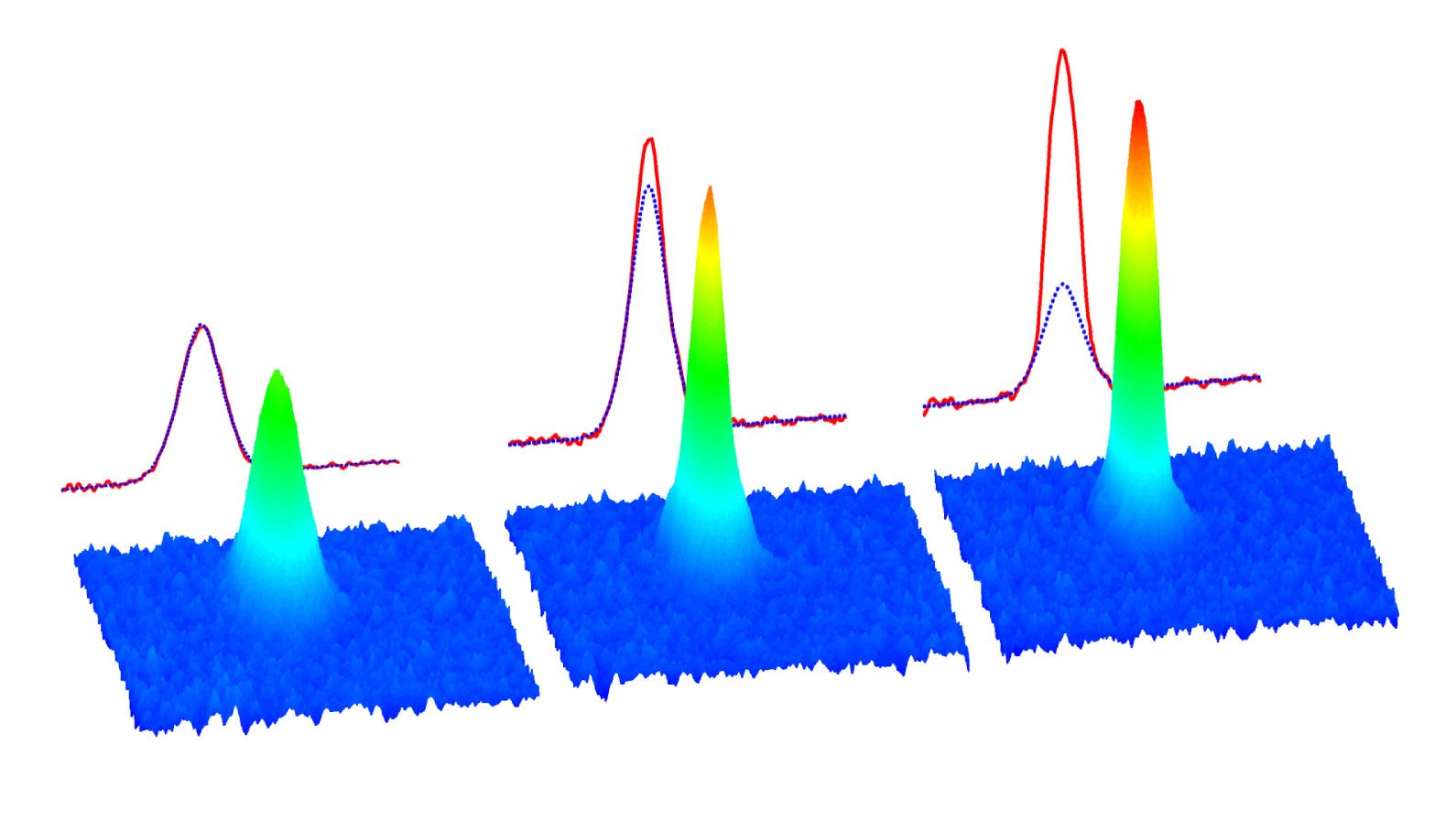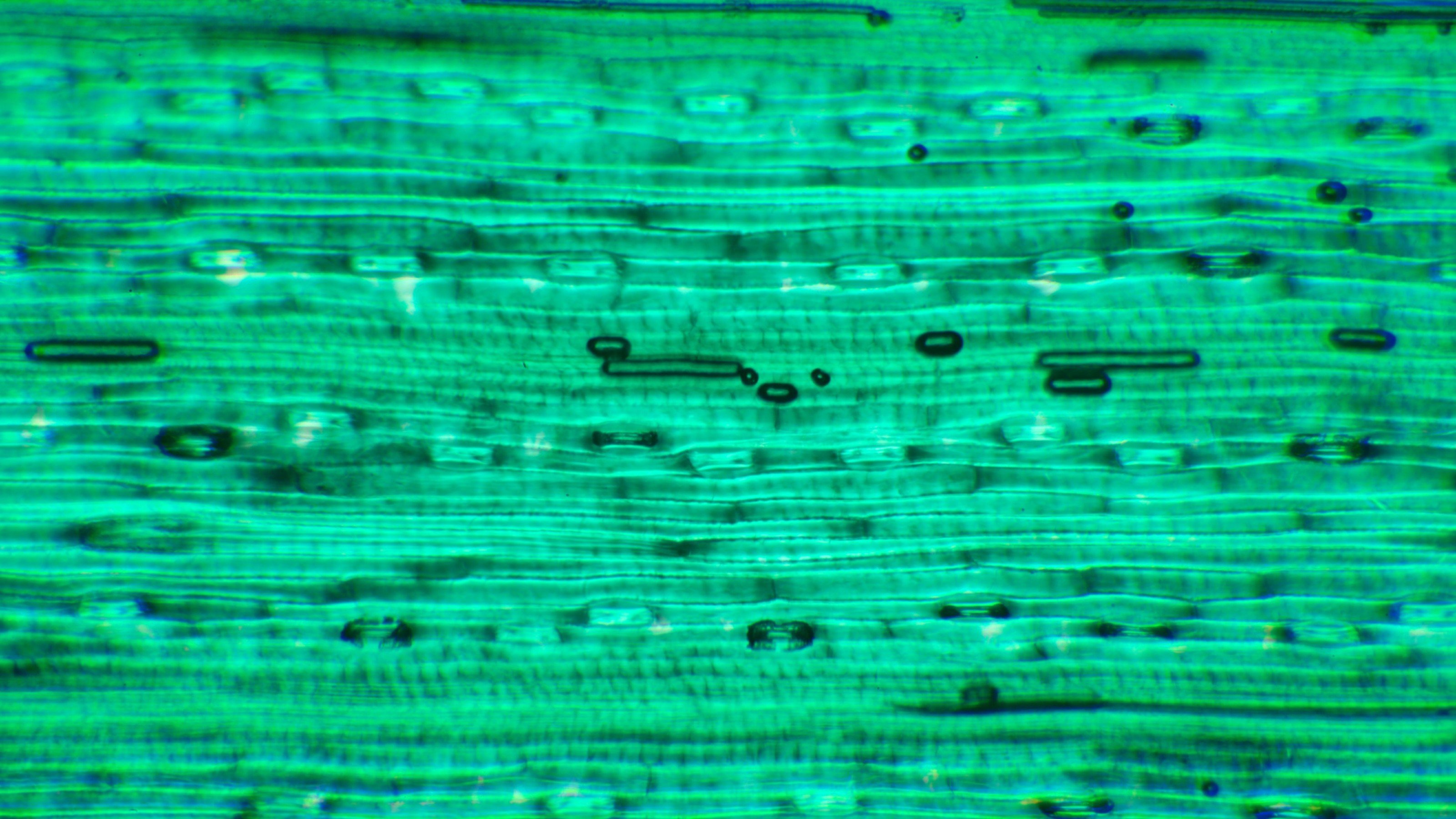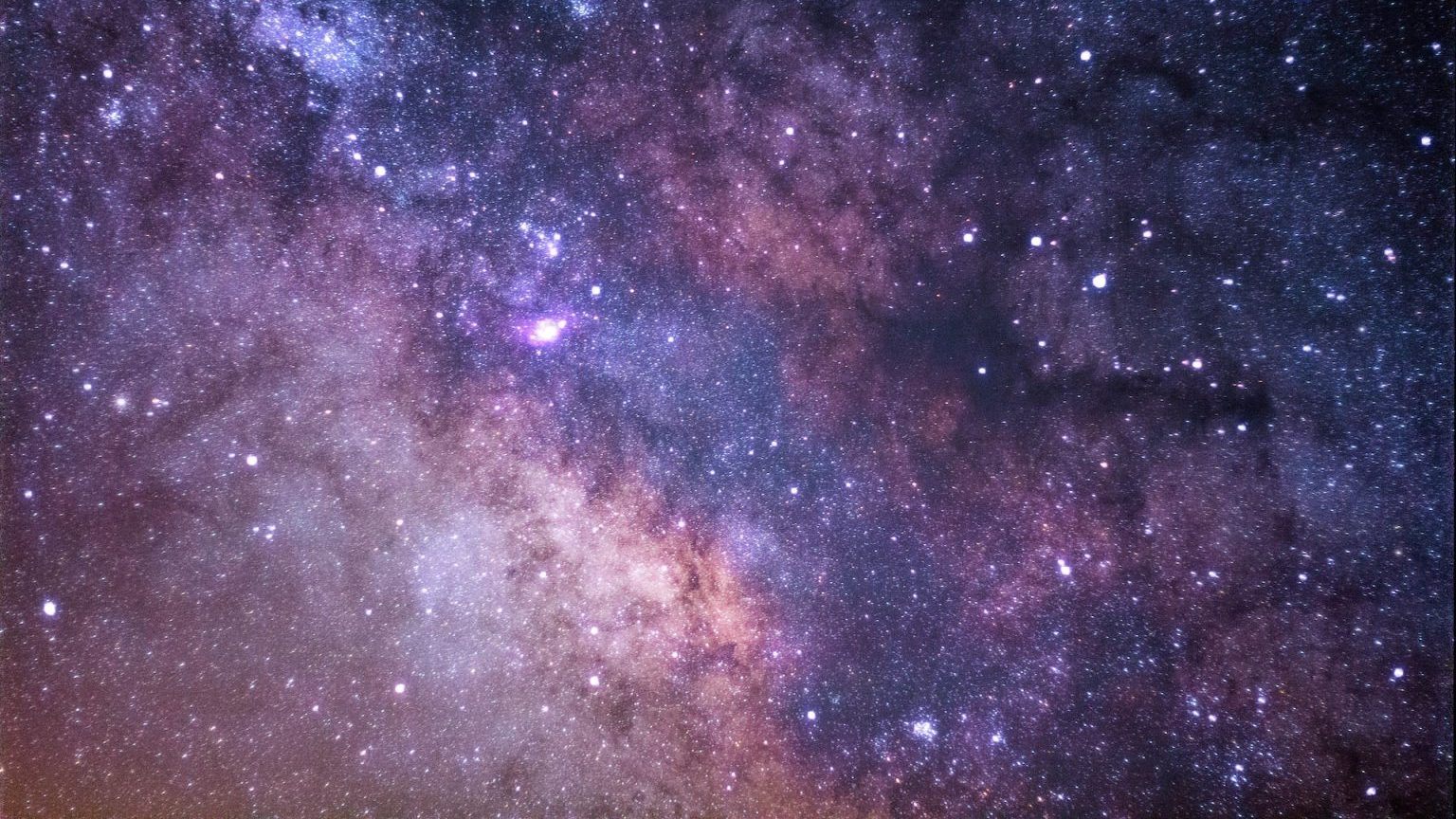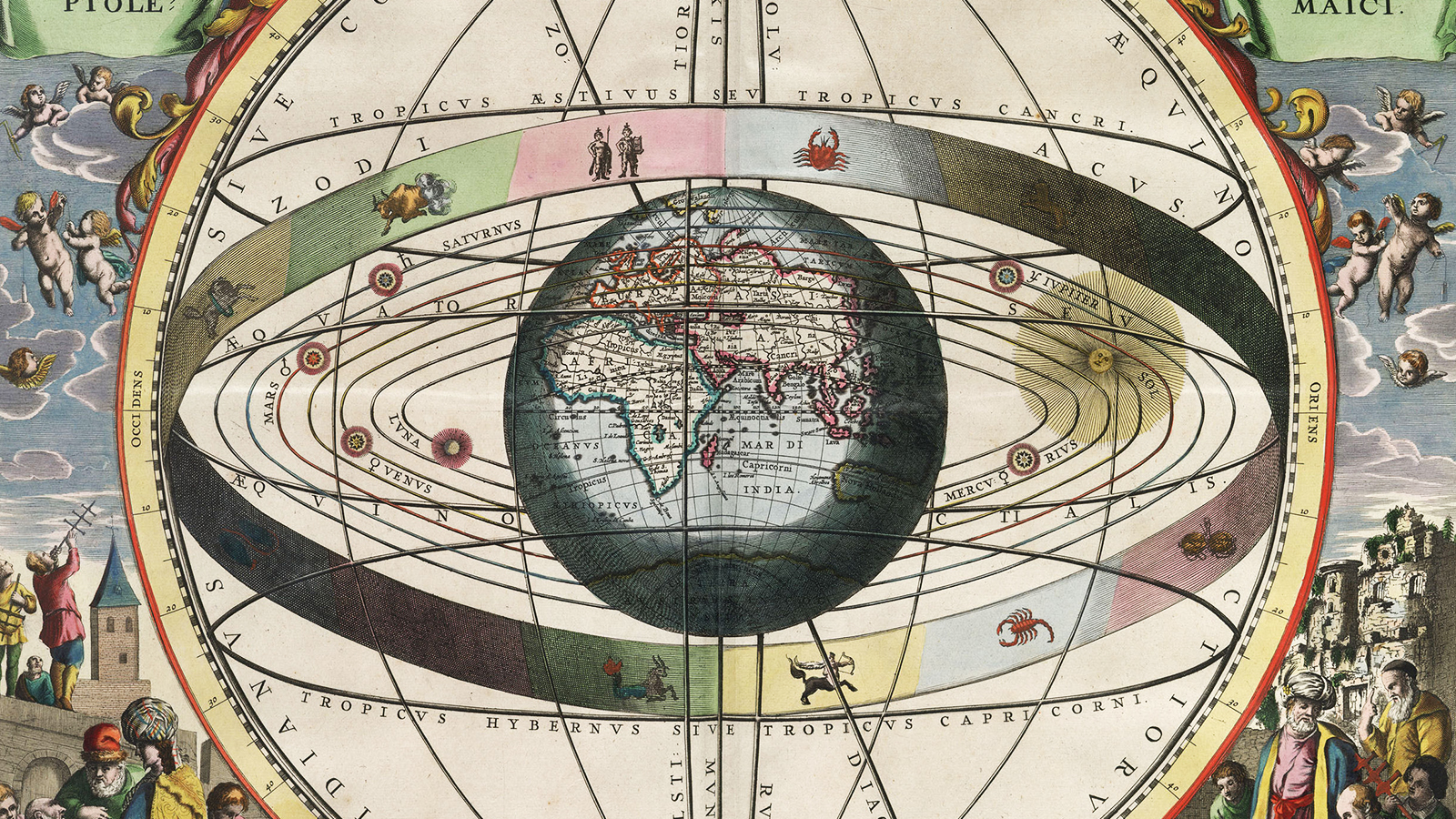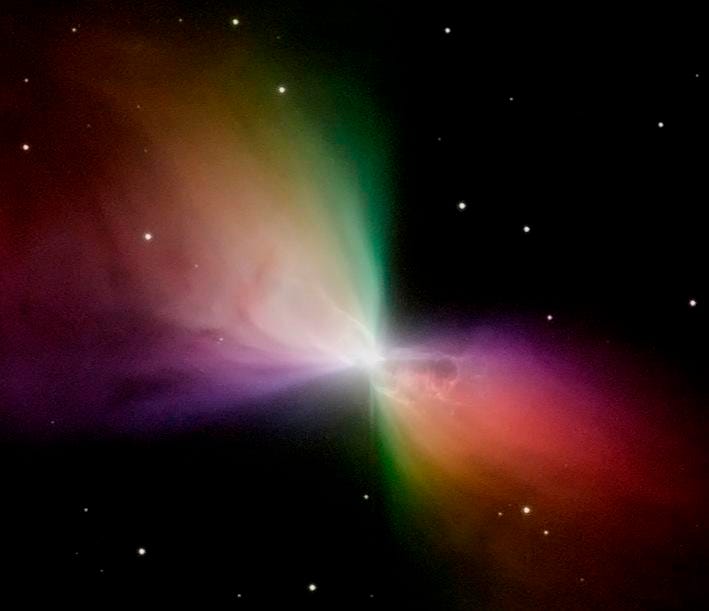NASA will create the coldest temperature in the universe to study ‘weird’ physics
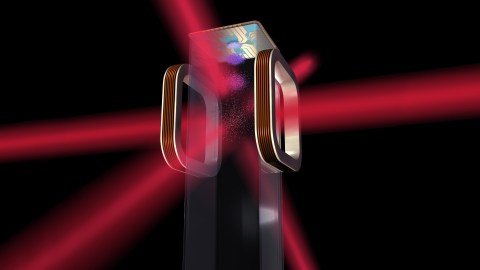
The Cold Atom Laboratory (CAL) will soon be headed for the International Space Station, and it will attempt to create an environment 10 billion times colder than the vacuum of space.
Designed by NASA’s Jet Propulsion Laboratory (JPL), the goal of the ice-chest-size device is to use lasers and magnets to slow a cloud of atoms to one billionth of a degree above absolute zero. (Actually reaching absolute zero is physically impossible, but this is about as close as we can get.)
The goal? To observe microscopic quantum phenomena that only happen near that temperature. When these clouds of atoms are chilled that far, the regular laws of physics begin to give over to the laws of quantum physics, in which matter starts to behave like waves rather than particles, and rows of atoms begin to “… move in concert with one another as if they were riding a moving fabric. These mysterious waveforms have never been seen at temperatures as low as what CAL will achieve,” writes JPL.
The condensates are “superfluids,” which have zero viscosity; this means kinetic energy will not dissipate, and the atoms move without friction.
“If you had superfluid water and spun it around in a glass, it would spin forever,” said Anita Sengupta of JPL, Cold Atom Lab project manager. “There’s no viscosity to slow it down and dissipate the kinetic energy. If we can better understand the physics of superfluids, we can possibly learn to use those for more efficient transfer of energy.”

The Cold Atom Lab (right) has been integrated into the Cygnus spacecraft in advance of its May 20th launch from the Wallops Flight Facility to the International Space Station (right). (Image credits: CAL/JPL/NASA)
The clouds of atoms, called Bose-Einstein condensates, have been created on Earth, but gravity causes them to only last for a fraction of a second. If this experiment is successful, these could last for 10 seconds, allowing a lot more study. The technology can be improved to keep these atoms going for possibly hundreds of seconds.
The reasons for attempting this? A better understanding of dark matter, as well as gravity itself. This research will also benefit quantum computers as well as atomic clocks, the latter being vital for spacecraft navigation.
Kamal Oudrhiri, Deputy Project Manager at JPL, put it this way: ” … even with all of our current technologies, we are still blind to 95 percent of the universe. Like a new lens in Galileo’s first telescope, the ultra-sensitive cold atoms in the Cold Atom Lab have the potential to unlock many mysteries beyond the frontiers of known physics.”
